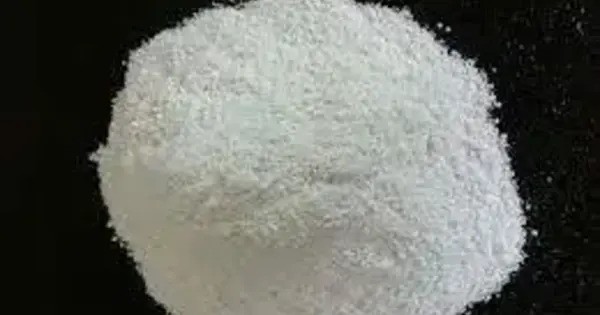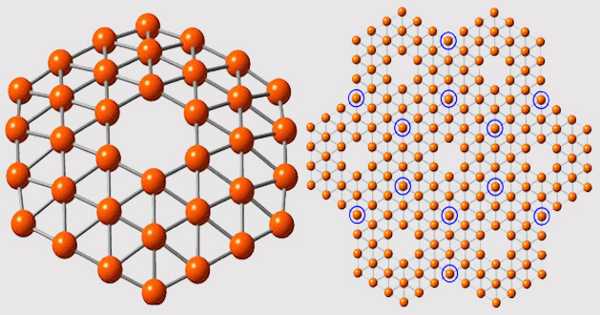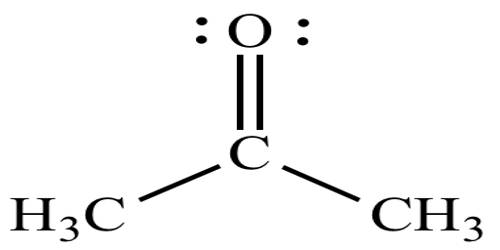Calcium hydrosulfide is the chemical compound with the formula Ca(HS)2 or CaH2S2. It is an inorganic chemical compound consisting of calcium cations (Ca²⁺) and hydrosulfide anions (HS⁻). It is formed from the reaction of calcium hydroxide or calcium carbonate with hydrogen sulfide:
Ca(OH)2 + 2 H2S → Ca(HS)2 + 2 H2O
CaCO3 + 2 H2S → Ca(HS)2 + H2O + CO2
It is a less commonly encountered compound compared to calcium sulfide (CaS) or calcium sulfate (CaSO₄), but it plays a role in certain industrial and geochemical processes.
Properties
- Chemical formula: Ca(SH)2
- Molar mass: 105.922383 g/mol
- Appearance: Usually exists in solution; not commonly found in pure solid form
- Solubility: Soluble in water, forming a strongly basic solution
- Odor: Rotten egg smell (due to release of hydrogen sulfide, H₂S)
- Stability: Unstable in air; decomposes easily to calcium sulfide (CaS) and H₂S gas
- pH: Basic (due to hydrolysis of HS⁻ to OH⁻ and H₂S)
- Toxicity: Toxic by inhalation due to H₂S; corrosive
Chemical Behavior
Reaction with acids: Ca(HS)2 + 2𝐻𝐶𝑙 → 𝐶𝑎𝐶𝑙2 + 2𝐻2𝑆↑
This reaction releases hydrogen sulfide gas, which is highly toxic and flammable.
Hydrolysis in water: 𝐻𝑆 –+𝐻2𝑂 ⇌ 𝐻2𝑆 + 𝑂𝐻−
This equilibrium gives the solution a strong basic character.
Natural Occurrence
Calcium hydrosulfide does not occur naturally in a stable form. However, HS⁻ ions can be present in alkaline, anoxic environments (such as hot springs, deep-sea hydrothermal vents, or anaerobic sediments) where calcium and sulfide sources coexist.
Industrial Preparation
Commonly prepared by dissolving calcium sulfide (CaS) in water and saturating it with hydrogen sulfide (H₂S):
𝐶𝑎𝑆 + 𝐻2𝑆 → 𝐶𝑎(𝐻𝑆)2
Often used in pulp and paper industries (kraft process), tanning, and ore flotation.
Safety Considerations
- Hydrogen sulfide release is a major hazard:
- Flammable
- Toxic (inhibits cellular respiration)
- Must be handled in well-ventilated areas with appropriate PPE (personal protective equipment).
















